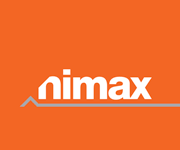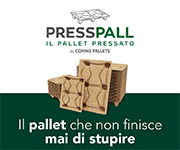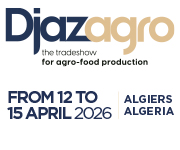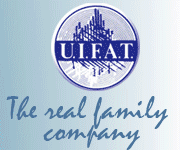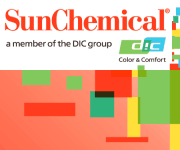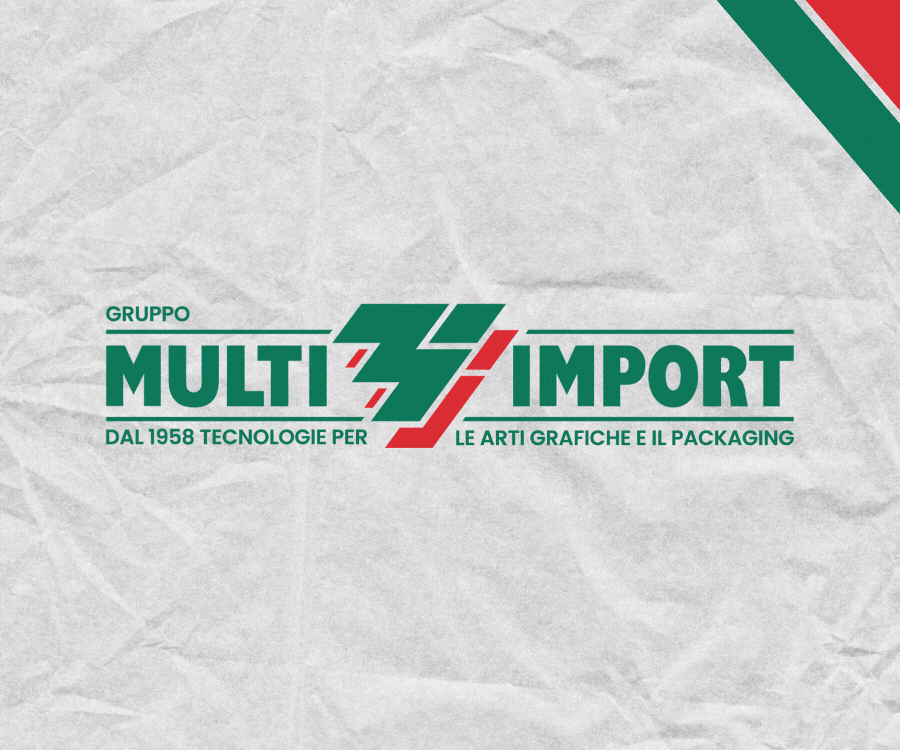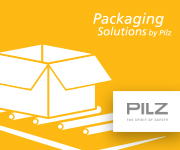Ultimate flexibility from industry proven top-loading secondary packaging machines
Fully digital control and packaging-industry-specific robotic technology define best practice in secondary packaging. Cama Group and Univision collaborated on this project.
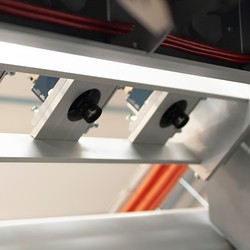
Following enhancements to their existing highly digital infrastructure – including improvements to class-leading digital twin and virtualisation solutions – Cama Group’s top-loading secondary packaging technology is now even more capable of addressing the high-flexibility packaging requirements of a wider selection of industries. These advances in digitalisation, coupled to Cama’s in-house-developed robotic pick and place technology and advanced vision systems, mean that end users can maximise the total cost of ownership. The top-loading range – with its wide ranging flexibility and adaptability – is capable of fulfilling packaging routines and processes that would, in the past, have required multiple separate installations.
Digital is possible!
“The machines have been designed from the ground up with agility and flexibility in mind,” explains Alessandro Rocca, Sales Engineering Director at Cama Group. “Long ago we recognised that market demands and consumer-driven product variation were going to place immense strain on our customers, as they race to adapt to the latest market forces".
“Our Breakthrough Generation underpins our answer to these needs,” Rocca continues, “with its modular, hygienic and highly customisable design. As technology has evolved, so have our machines’ designs, as we leverage contemporary automation technology and advanced mechanical designs. This early decision to go as 'digital as possible' has certainly paid off for both us and our customers as we both realise the benefits of a fully interconnected and easily reprogrammable automation infrastructure”.
“Clearer data pathways and data exchange have also bolstered our in-house developed robotic solution, which is a unique offering on the market.” Rocca adds. “This technology has been developed over a number of years by our in-house packaging technology experts specifically for the packaging industry. This is not an adaptation of typical offthe-shelf technology; this has been developed bespoke to the unique needs of this sector”.
Modular design and automation
In operation, the robot-equipped top-loading packaging lines can accept a wide array of in-feed formats, while delivering multiple out-feed options, either in parallel, concurrently or batch-specific. The modular design of the BTG solutions means that additional modules can be added easily, to increase the robot count, to boost throughput. This flexibility is compounded by changeover routines that often taken a fraction of the time compared to industry norms. “By using HMI re-programmable servo systems, digital twins/virtualization and RFID technology, we have significantly reduced changeovers in terms of both time and effort. Users get it right first time, every time in no time at all!”, Rocca explains.
Perfect harmony with vision systems
Vision systems also play a critical role in the efficiency and flexibility of the packaging cycle. Cameras and vision solutions can be deployed in numerous roles including robot guidance, in-feed and out-feed quality control and traceability. The level of deployment and integration is balanced in relation to customer demands and the level of sophistication, capability and data capture required.
According to Massimo Monguzzi, R&D Manager, at Cama: “Our in-house robotic solution has been finetuned over the years to work in perfect harmony with vision systems; and this tight integration is illustrated by the pick speeds and accuracies we can achieve. In addition to robotic guidance, quality control is another major beneficiary of the contemporary vision solutions we deploy”.
“Product appearance is everything,” he exclaims, “either in its naked state or when presented in shelf-ready packaging, which is why we offer solutions on both the infeed and outfeed of our machines. On the infeed we can identify non-conforming products, while on the outfeed we can spot package damage and incomplete closures and – in applications where weighing solutions are not feasible – incorrect product counts too”.
Alessandro Rocca explains why quality should never be considered as a fixed off-the-shelf concept: “Quality control is a per-application ethos that we develop with the customer. It’s not a fixed concept, it has to be designed and finetuned to the product and the application. The definition on each machine and the level to which it is measured is determined by what the customer wants. We always develop our on-machine QC solutions in co-operation with our customers. They know their products better than we do; it is essential that we really listen and take their needs on board. With one customer we spent in excess of six weeks just discussing and developing the QC system… It really was that important to them!”.
Read the full article on the March issue of Rassegna dell’Imballaggio
Prodotti e tecnologie: CAMA GROUP
Gallery





